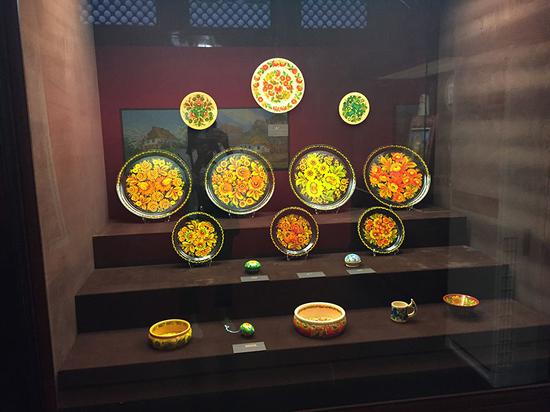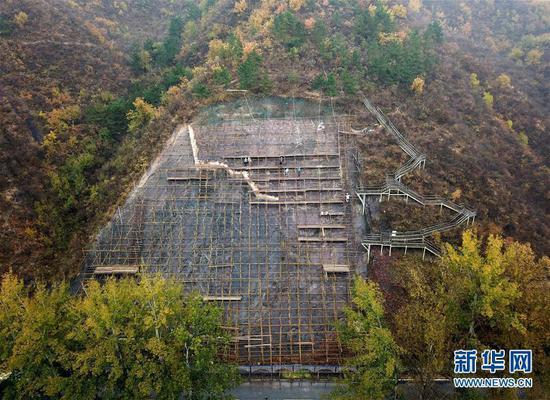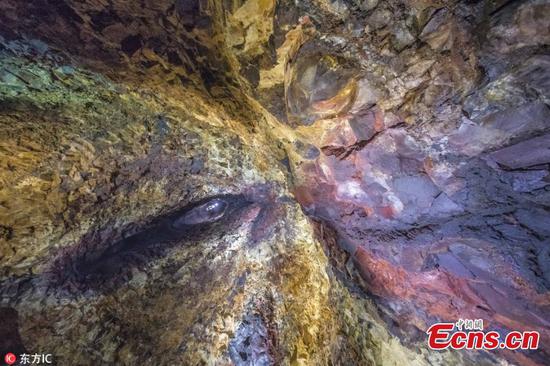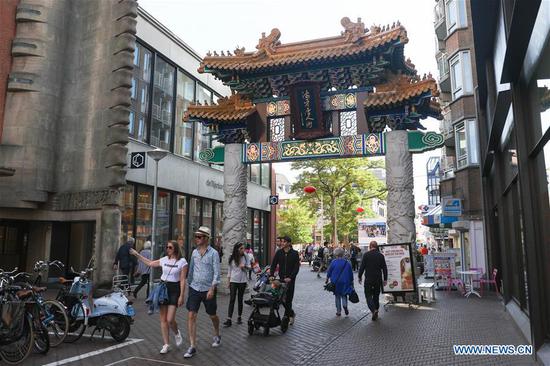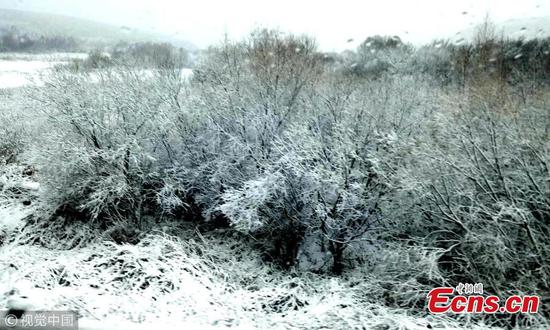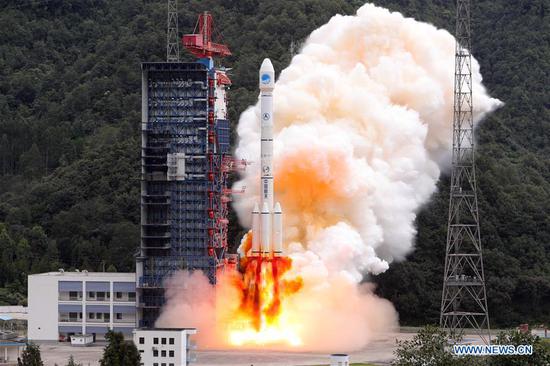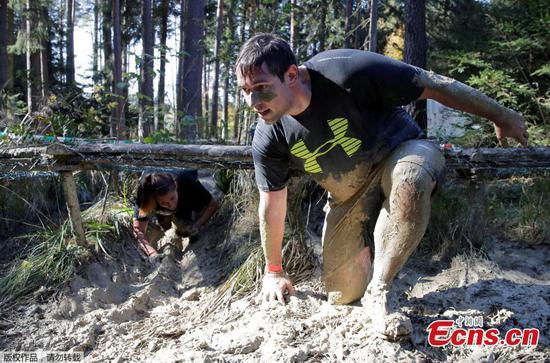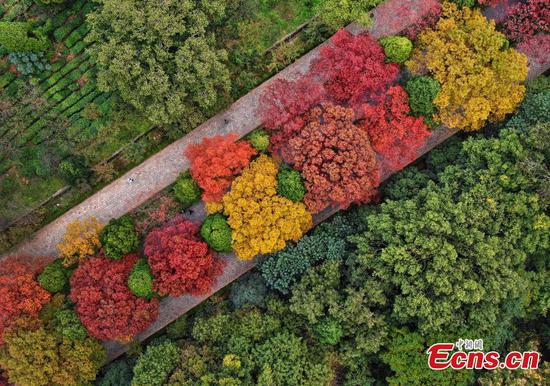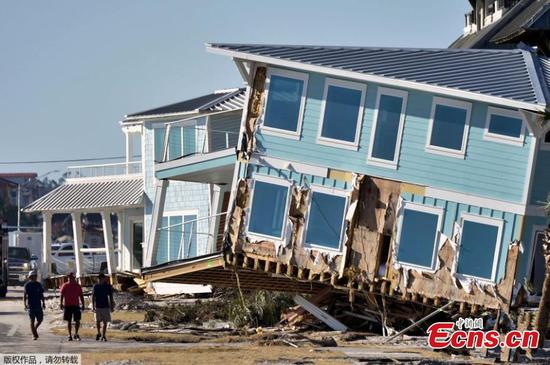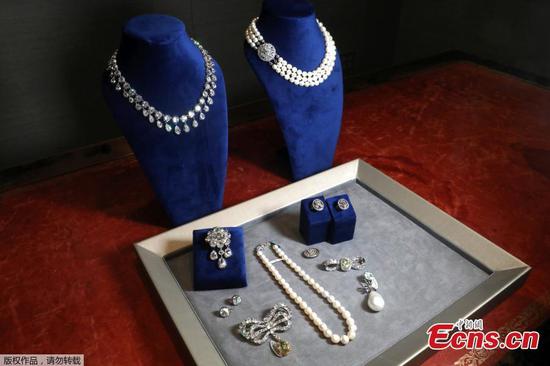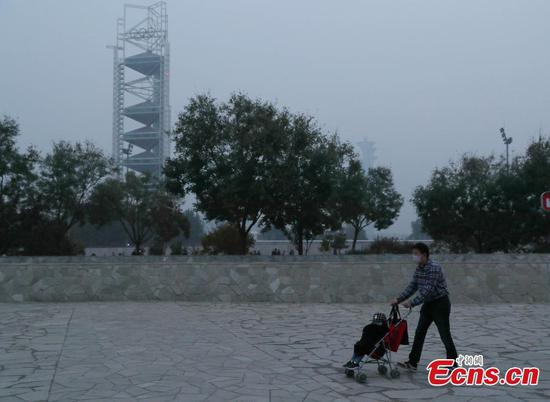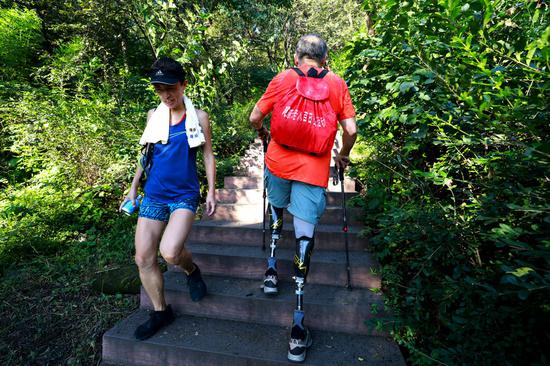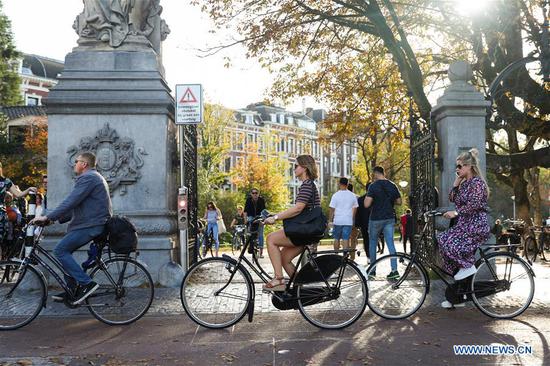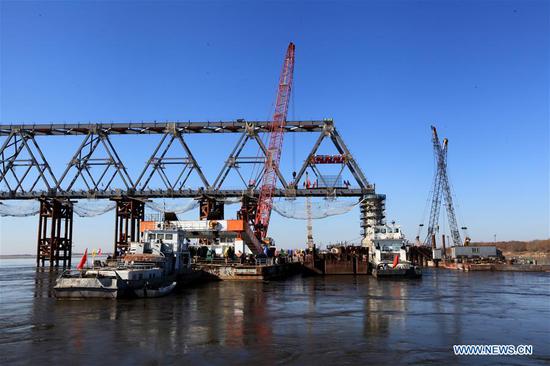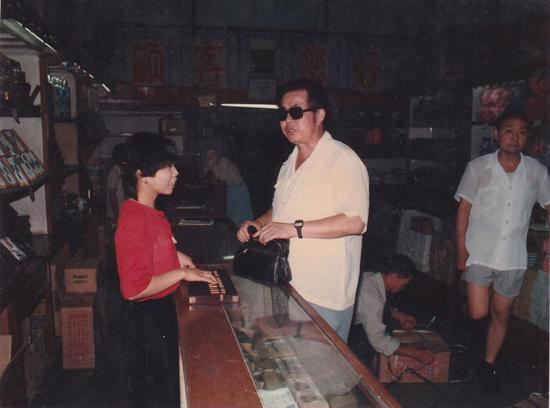
Zheng Juxuan buys small commodities at a shop on Hanzheng Street in the 1990s. (Photo/China Daily)
Hanzheng Street today stretches 1,632 meters, more than double the length in the late 1970s, and is one of China's largest trading centers for small commodities, from clothes to electronic devices. In 2010, it had more than 15,000 stores.
However, due to limitations on the shopping area, vendors fear it has begun to fall behind newly emerging business centers, such as Yiwu, an export hub in Zhejiang province that began growing in the '90s.
Yiwu's small-commodities market has been renovated five times in the past 20 years to upgrade its facilities and infrastructure. By comparison, Hanzheng Street, which is in central Wuhan, capital of Hubei province, appears outdated and overcrowded, according to Zheng, who said it is a concern often raised by vendors.
The now-retired entrepreneur's cousin, Zheng Jude, 64, has sold zippers on Hanzheng Street since 1981 and became head of an association for traders selling children's clothes in the '90s. He said customers still come from all over the country, but the number is dropping and overall spending is down.
The change is largely due to the rapid development of e-commerce, especially among younger consumers, he said. As a result, many traders on the street have turned to online shopping websites such as Taobao and Tmall.
Zheng Jude's son, Zheng Quan, 36, used to have a clothing shop on Hanzheng Street but recently decided to quit the industry.
"I couldn't see a future in continuing to sell clothes here," he said, although he still sees opportunities for traders going online. "Young people could also really inject some vitality into the street."














